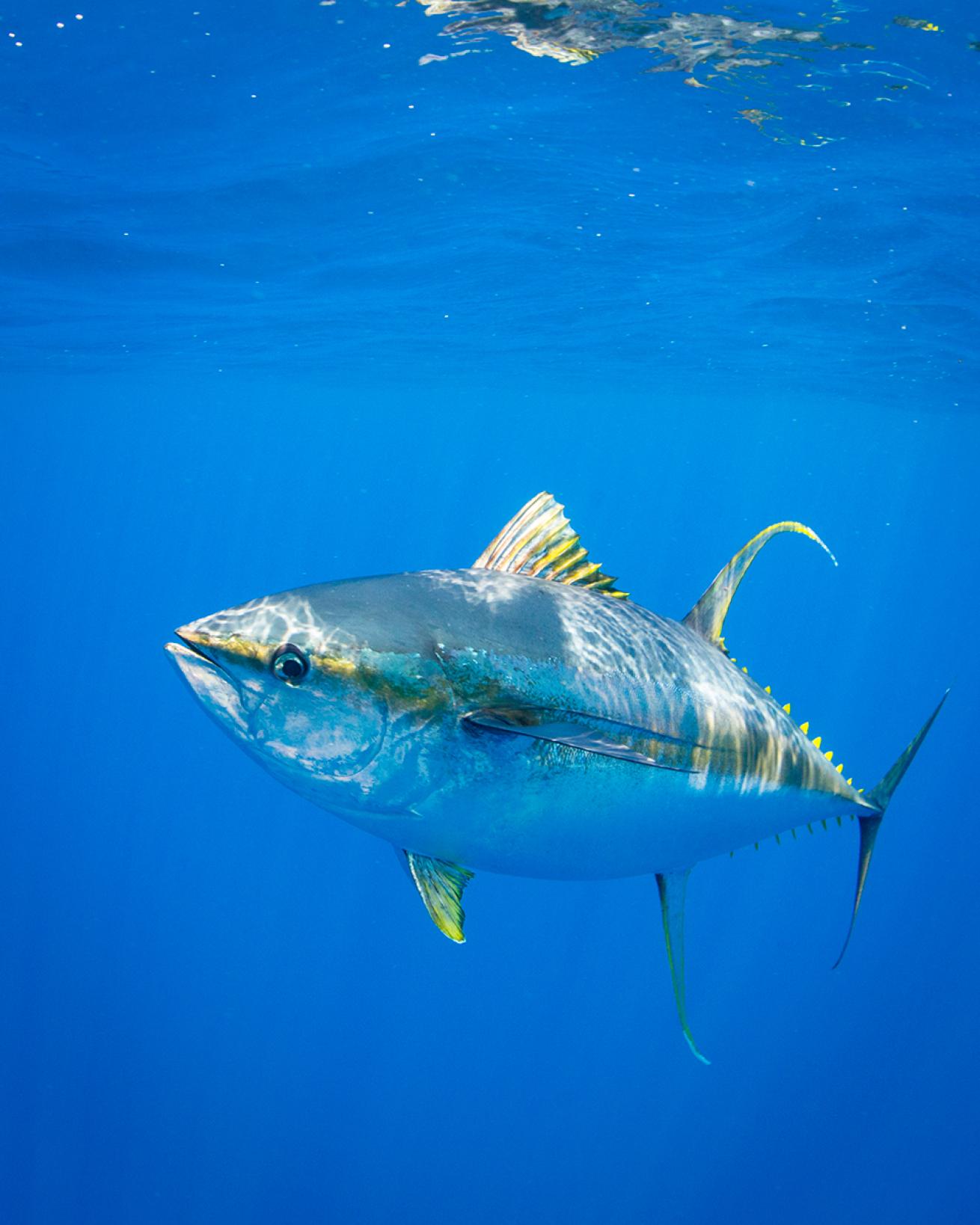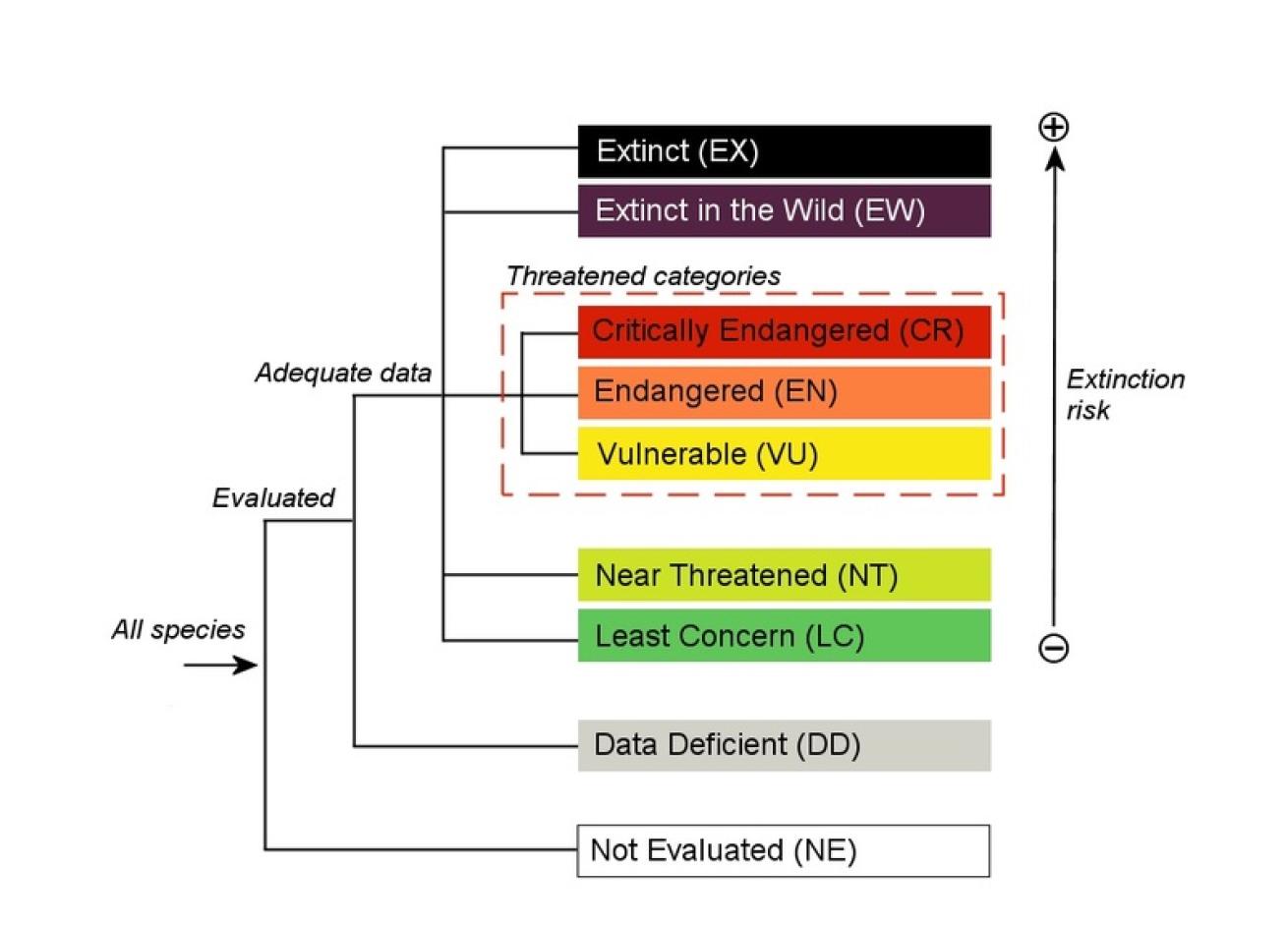IUCN Red List Update: Tuna on the Rise, Sharks and Rays Sparse
Earlier this month, the International Union for Conservation of Nature updated its Red List of Threatened Species, the world’s most comprehensive tracker of the conservation status of terrestrial and aquatic animals, funguses and plants. The new assessment shows highs and lows for marine life: Tuna, historically overfished, are on the road to recovery, but more sharks and rays are now listed as threatened with extinction.
The species that have improved include the Atlantic bluefin tuna (moved from Endangered to Least Concern), the Southern bluefin tuna (moved from Critically Endangered to Endangered), and the albacore and yellowfin tunas (both moved from Near Threatened to Least Concern).

Ellen Cuylaerts/Ocean Image BankYellowfin tuna moved from Near Threatened to Least Concern.
Seven of the most commercially significant species of tuna were reassessed for this update, and four showed signs of bouncing back. The population increase may be due to stricter, better-enforced fishing quotas in certain countries, which have combatted illegal fishing and overfishing enough to allow the species to recover.
“These Red List assessments are proof that sustainable fisheries approaches work, with enormous long-term benefits for livelihoods and biodiversity,” Dr. Bruce B. Collette, Chair of the IUCN SSC Tuna and Billfish Specialist Group, says in a news release. “We need to continue enforcing sustainable fishing quotas and cracking down on illegal fishing.”
The update also showed increased pressures on other marine animals. Thirty-seven percent of the world’s shark and ray species, for example, are now listed as threatened.
The IUCN assesses that all of the threatened shark and ray species are being overfished, and that 31 percent of these species are also facing habitat loss and degradation. Another 10 percent are further vulnerable to the effects of climate change.

International Union for Conservation of NatureIUCN Red List Categories
Seeing the changes in designations for the tuna, shark and ray species, it’s apparent that committing to sustainable practices and effective management measures will be key to ensuring the long-term health of the ocean, Dr. Bruno Oberle, IUCN Director General, says in the release.
“[Decision-makers] must seize the opportunity to boost ambition on biodiversity conservation and work towards binding targets based on sound scientific data,” Oberle says. “These Red List assessments demonstrate just how closely our lives and livelihoods are intertwined with biodiversity.”










